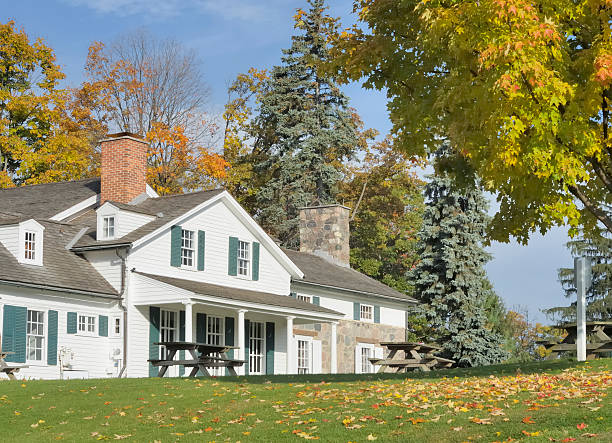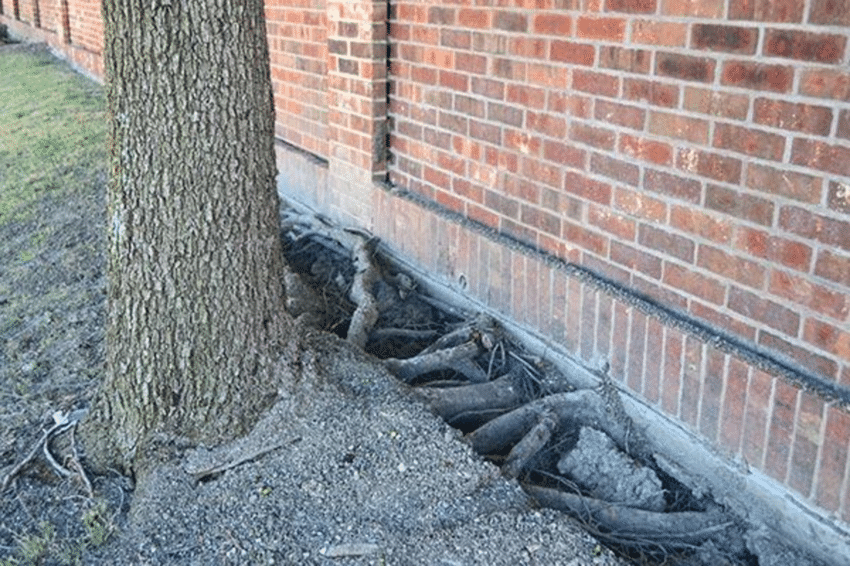
Trees can add beauty and value to your property, but when they grow too close to your home, they can pose significant risks.
Potential Hazards
- Damage to Foundations: Tree roots can grow into and around foundations, causing cracks and structural damage.
- Roof Damage: Overhanging branches can rub against the roof during storms, causing shingles to wear down and increasing the risk of leaks.
- Gutters and Downspouts: Falling leaves and debris can clog gutters and downspouts, leading to water damage.
- Fire Hazards: Branches that are too close to the house can increase the risk of fire spreading from the ground to the roof during a wildfire.
- Damage to Utilities: Tree branches can fall on power lines, causing outages and potential hazards.

Identifying Potential Problems
- Visual Inspection: Regularly inspect trees for signs of decay, disease, or structural weakness.
- Proximity to the House: Measure the distance between tree trunks and the foundation.
- Ideally, there should be at least 15-20 feet of clearance for large trees.
- Overhanging Branches: Observe whether branches are overhanging the roof, gutters, or windows.
- Root Growth: Look for signs of root growth near the foundation, such as cracks or heaving.
What You Can Do
- Consult with an arborist to assess the health and condition of trees near your home.
- Engage a qualified arborist for tree removal or pruning services.
- Schedule regular tree maintenance, including pruning and removal of dead or diseased branches.
- Keep gutters and downspouts free of debris to prevent water damage.
Conclusion
By taking proactive steps to address potential tree hazards, you can protect your home from damage, reduce the risk of fire, and ensure the safety of your family.
